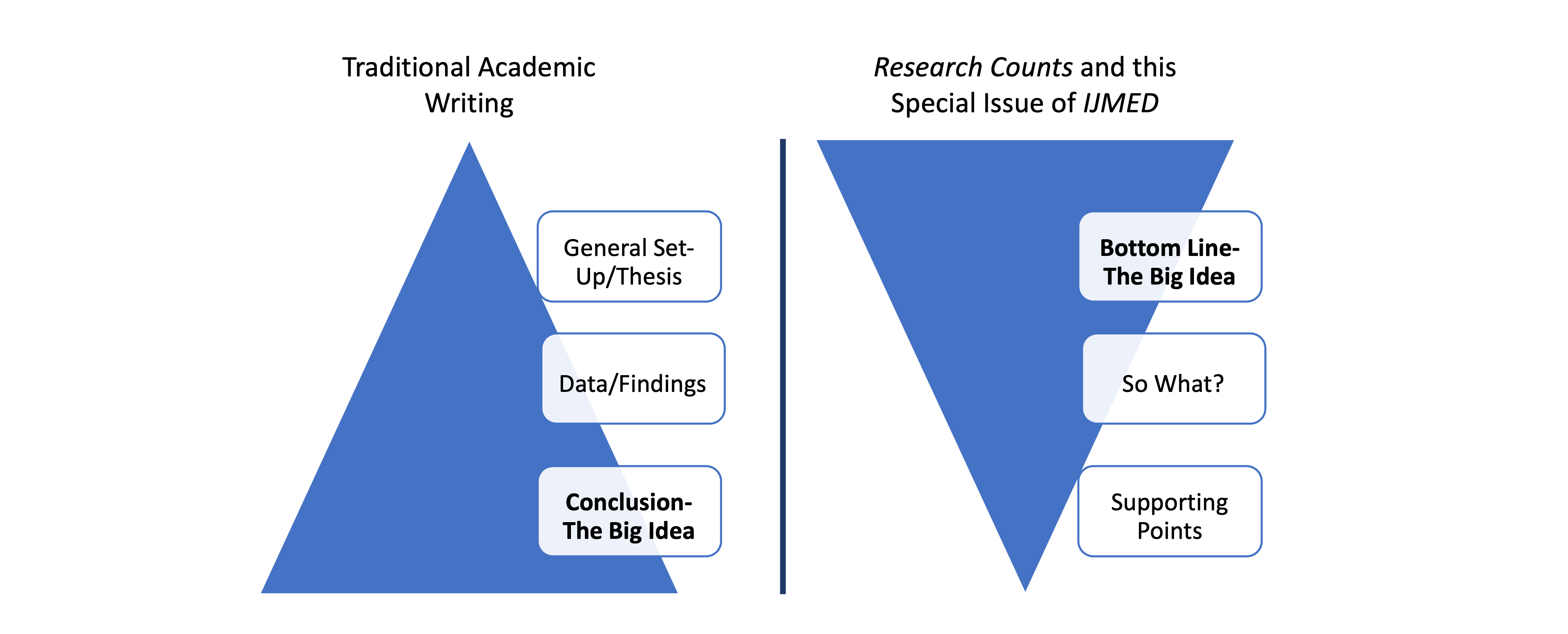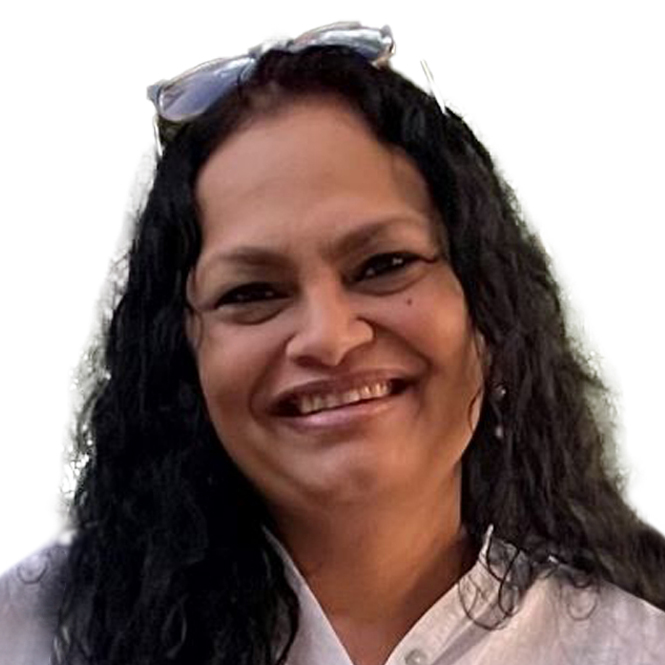
By Lori Peek, Heather Champeau, Jennifer Tobin, Sudha Arlikatti, Laurie J. Schmidt, and Zach Zorich
Researchers and emergency managers have long used the disaster cycle as a conceptual tool to organize activities associated with each overlapping phase of a disaster. This special collection includes articles focused on the preparedness, emergency response, impacts, recovery, mitigation, and resilience phases of the disaster cycle. The goal of the collection is to summarize key findings from recently published scientific research for a broader audience.
This special issue grew out of a long-standing collaboration between the International Sociological Association (ISA) Research Committee on the Sociology of Disasters (RC-39) and the Natural Hazards Center. In September 2017, Shih-Kai (Sky) Huang and Tristan Wu became co-editors of the RC-39 flagship journal, the International Journal of Mass Emergencies and Disasters (IJMED). That same year, the Natural Hazards Center established the Research Counts series, which is dedicated to sharing actionable research with emergency managers and others committed to mitigating harm from disasters. Since then, the IJMED editors have worked closely with the Natural Hazards Center team to solicit submissions to the journal, to spotlight new collections, and now, to publish this special issue on the Disaster Cycle in both IJMED and Research Counts.
About This Collection
This special collection includes 10 brief contributions that were published as full-length research articles during Huang and Wu’s tenure as co-editors of IJMED. These articles were selected for inclusion because of the strength of the research and their potential for broader impacts. As noted, several widely researched phases of the disaster cycle are represented in this collection. The pieces address multiple types of disasters such as tsunamis, floods, earthquakes, and hurricanes that have affected communities in Canada, Chile, China, Finland, New Zealand, and the United States, as well as the global COVID-19 pandemic. They also highlight the work of authors who bring expertise from a wide range of disciplines. The original articles upon which the special collection contributions are based ranged between 7,000 to 10,000 words. Freelance science journalist and editor, Zach Zorich, and science writer, Laurie J. Schmidt, distilled the articles into 700 to 900 word pieces that appear in this online collection and the November 2022 issue of IJMED.
Often, important research findings do not reach those who need the information most—including emergency managers, public health practitioners, elected officials, and journalists—because academic journals may only be accessible through university libraries or via paid subscription websites. Similarly, key findings are often buried in lengthy academic articles, making it difficult for time-strapped practitioners to find the information that matters most to their daily work.
With this special collection, as with all Research Counts publications, we look to reshape traditional ways of presenting academic information. Here, we have adopted the vision and approach that informs Research Counts, which is more journalistic than academic. The pieces are written in jargon-free, non-academic language. Sentences and paragraphs are brief, and authors use the active voice throughout. In addition, each contribution begins with one big lesson, insight, finding, or idea that readers can take away from the article. Of course, most research contains more than one big idea, but here we focus on what is most important for a wider audience to know (see Figure 1).
 Figure 1. A Comparison of Approaches to Presenting Research Findings. ©Natural Hazards Center, 2023
Figure 1. A Comparison of Approaches to Presenting Research Findings. ©Natural Hazards Center, 2023
By flipping the traditional academic approach to writing in this way, this collection brings already published research findings to the fore. We hope that the contributions can serve as inspiration for future scholarly translation and dissemination efforts for academics, while also providing key information to those who are working to reduce the loss and suffering from disasters.
Thank you for taking the time to read this special collection and helping to make research count.

Lori Peek is director of the Natural Hazards Center and professor in the Department of Sociology at the University of Colorado Boulder. She is principal investigator of the National Science Foundation-funded CONVERGE initiative and author of Behind the Backlash: Muslim Americans after 9/11, co-editor of Displaced: Life in the Katrina Diaspora, and co-author of Children of Katrina. She also is a contributing author to FEMA P-1000 Safer, Stronger, Smarter: A Guide to Improving School Natural Hazard Safety. She earned her PhD in Sociology from the University of Colorado Boulder.